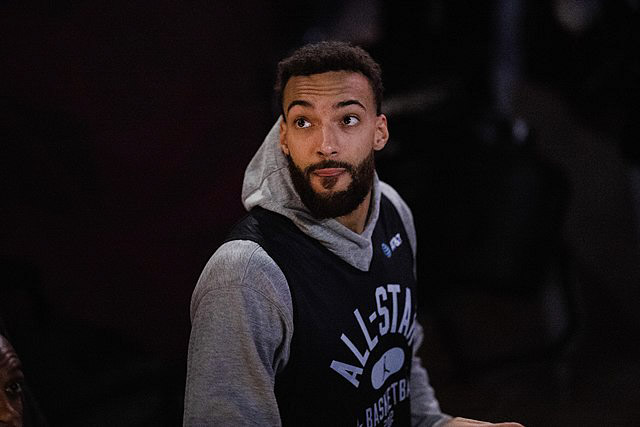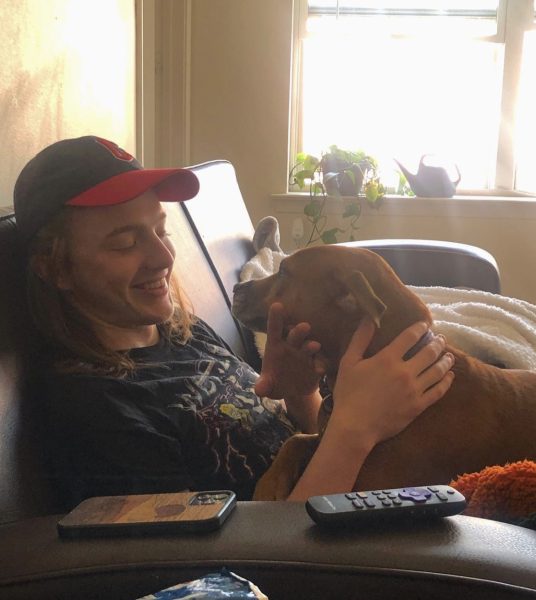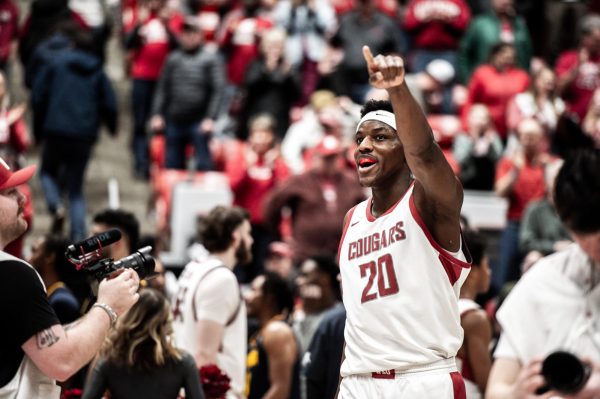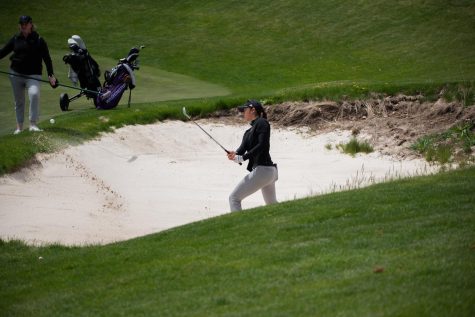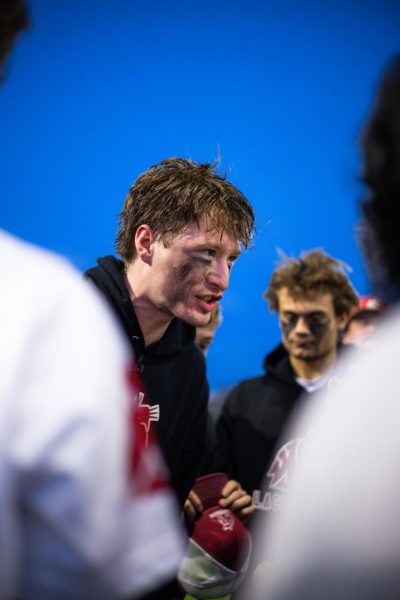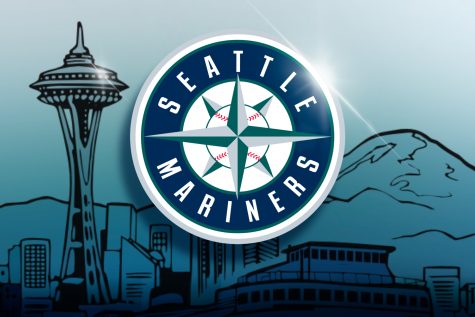‘Who cares about that first round pick?’
NBA teams are learning to value players and picks differently
COURTESY OF ERIK DROST / WIKIMEDIA COMMONS
The trade of Rudy Gobert beckoned in a new era of NBA trade values.
September 15, 2022
The NBA trade season began on July 6 when the moratorium ended and deals were allowed to be made. Kicking off the trade season with a bang, the Utah Jazz traded longtime franchise centerpiece Rudy Gobert to the Minnesota Timberwolves.
The return for Gobert was unprecedented, with four first-round picks, a pick swap and five players, one of whom was a first-round pick in this recent draft. That is essentially a trade of six firsts for a single player, one of the biggest trades in NBA history.
Also in this off-season, Brooklyn Nets superstar Kevin Durant requested a trade. Only the most devoted of Gobert fans would disagree that Durant sits in a tier well above Gobert, and is one of the best players ever to play in the NBA. No one else on his level has requested a trade in decades, if ever.
Once the request was public, front offices across the league tried to come up with trades that the Nets would accept, but at the end of it all: the price was simply too high for anyone to match.
A top three player in the league and a perennial MVP candidate could not manage to find someone who thought he was worth the ransom that Brooklyn wanted for him (reported to be 5-6 firsts and two all-star level players, at least one of which had to be young).
The Gobert trade had shocked the market to the point where a superstar player could not be traded at all because the cost to get him would hurt the team more than he helped.
Typically, the point of a trade is to mortgage the future for present success, but at that asking price, it risked ruining your team now as well as giving up the future. This inflation in cost is not new, as star players have been costing more and more picks for years now, but this is the first major player to fail to get traded because of the price.
Through all this chaos, fans may find themselves shocked and appalled at the amount being asked for or sent away by teams, and some are certainly reeling as they try to figure out what these pieces really cost in the eyes of NBA teams. Some perspective was offered by Drew Amburgy, WSU alum and current reporter for ABC FOX Montana.
“You know, it depends on the franchise,” Amburgy said. “It’s different for every team … what it really comes down to is there are five or six guys in this league that make a difference … there’s a handful of guys that can get you a title.”
Durant is certainly one of those players, and while for a rebuilding team or an already contending team the price may have been too high to make a trade for him, there are also teams for whom that price would have been reasonable enough.
Not only does the value of these kinds of players vary from situation to situation, but on the other side of the trade, so varies the value of a first-round pick. Amburgy offered a take on this as well.
“First-round picks, especially if you can get them near that top ten, they’re valuable. I think there are kind of three different tiers of first-round picks, and even within those tiers they can vary based on which team is actually picking with them,” Amburgy said.
Those three tiers were first through fifth, sixth through 15th and everything else.
Obviously, at least one team in every trade is trying to improve, and for some of these blockbuster trades that improvement can be by a lot. This changes the value as well.
For example, a mediocre team trading for Durant would likely improve significantly, and so the picks themselves become less valuable as soon as the trade occurs, moving from potentially that first or second tier to deep within the third tier.
“If you’re on the brink of becoming a title contender, who cares about that first-round pick because it is not going to be that high anyway if you’re trying to win,” Amburgy said. “And if you’re a lower level team, I’d be like ‘give us as many as you can, because what does it matter if you get a ring out of it, right?’”
As these trades continue to get bigger, and people see the long-term results of the picks and players being moved, overreacting fans will begin to realize that in most trades both sides get what they want. In an era dominated by teams that blew it up recently, the sides are almost always mutually benefitting in star trades.
As one team finishes its rebuild by trading for a star, the other begins a rebuild by taking on lots of picks and sending away expensive players.
Ultimately, NBA front offices have shifted their view on trades, and fans have been left behind confused. Gone are the days of overvaluing all firsts and now everyone can hopefully start to accept the new high prices so that hauls like the Gobert trade will not be so unbelievable to fanbases. After all, winning comes at a high price, and someone will always be willing to pay it.


